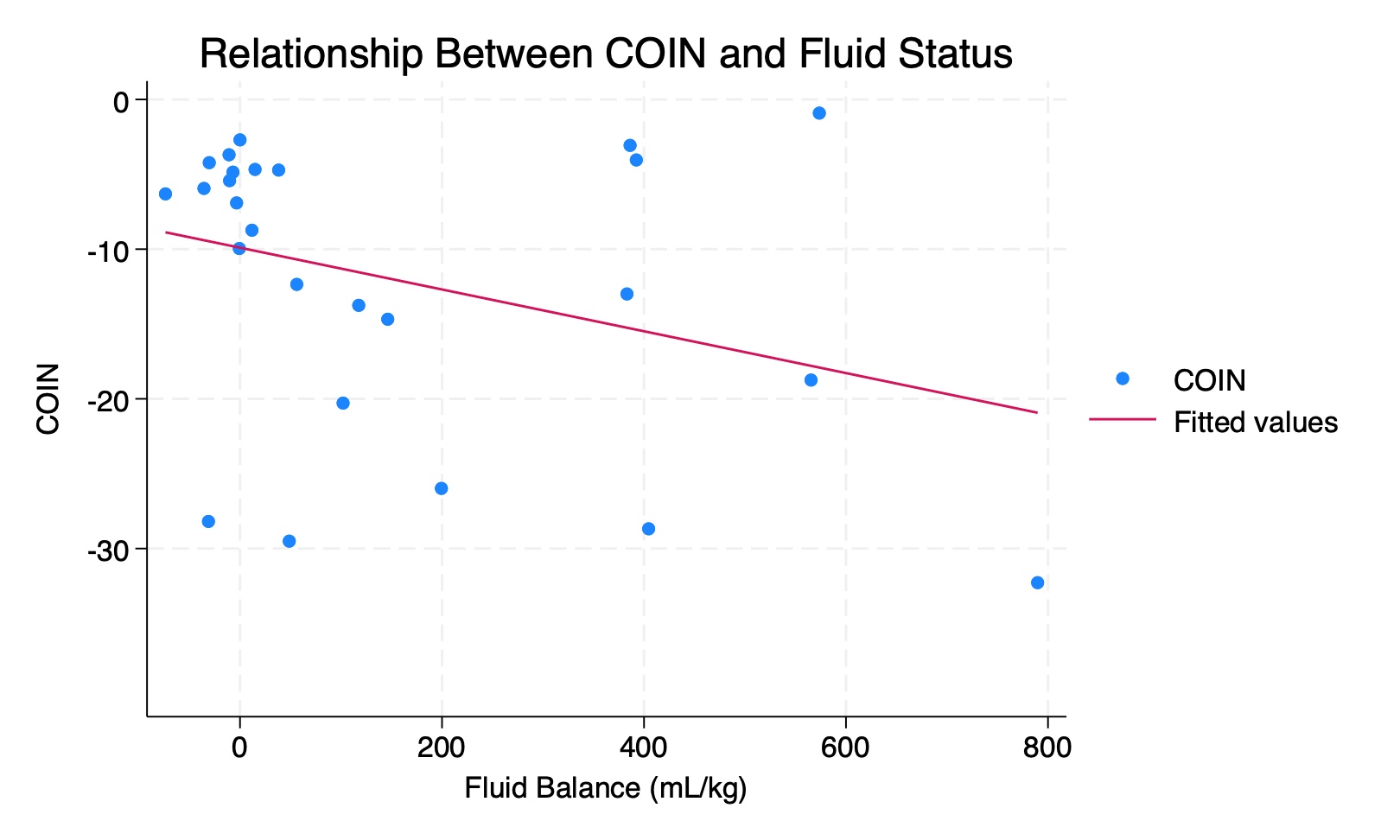Critical Care 4
Session: Critical Care 4
496 - Association Between Fluid Overload and Focal Electroencephalographic Voltage Suppression in Children on Extracorporeal Life Support
Monday, April 28, 2025
7:00am - 9:15am HST
Publication Number: 496.3855
Rezvaneh Ghasemzadeh, University of California, San Francisco, School of Medicine, Oakland, CA, United States; Kathryn Finlay, University of California, San Francisco, School of Medicine, San Francisco, CA, United States; Martina Steurer, UCSF Benioff Children's Hospital San Francisco, San Francisco, CA, United States; Christine K. Fox, University of California, San Francisco, School of Medicine, San Francisco, CA, United States; Mauro Caffarelli, UCSF Benioff Children's Hospital San Francisco, San Francisco, CA, United States

Rezvaneh Ghasemzadeh, MD (she/her/hers)
Pediatric Critical Care Fellow
University of California, San Francisco, School of Medicine
Oakland, California, United States
Presenting Author(s)
Background: Neurophysiologic monitoring with electroencephalography (EEG) is emerging as a screening tool for stroke detection during pediatric extracorporeal life support (ECLS). Children on ECLS who are fluid overloaded can develop unilateral dependent scalp edema, which may cause focal EEG suppression that mimics stroke. The Correlate of Injury to the Nervous system (COIN) index is a validated quantitative EEG metric that provides continuous output, where a value of ‘0’ implies a symmetric EEG and increasingly negative values indicate greater degrees of focal EEG suppression as seen in stroke.
Objective: We sought to evaluate the relationship between fluid overload and focal EEG suppression in pediatric ECLS using the COIN index.
Design/Methods: Single-center retrospective cross-sectional analysis of children receiving venoarterial and venovenous ECLS between 2015 and 2023 who underwent continuous EEG monitoring within 48 hours of cannulation and had head imaging during their ECLS course or within 2 months of decannulation. Neonates ( < 28 days) and patients with documented signs of stroke within 48 hours of cannulation were excluded. Fluid balance was calculated as ml/kg with overload defined as net positive fluid balance >45 ml/kg at cannulation, over the prior 5 days or since admission (whichever most recent). Qualitative EEG findings were extracted from clinical reports. COIN was calculated from raw EEG on MATLAB with values <-10 considered abnormal. The association between fluid overload and EEG findings was assessed using Fisher's exact test and Pearson’s correlation coefficient.
Results: 42 children met inclusion criteria, of which 15 met exclusion criteria. In the remaining 27 patients, 8 had qualitative focal voltage attenuation or voltage asymmetry. Of these, 6 (75%) were fluid overloaded. Overall, fluid overload was not significantly associated with qualitative focal attenuation (OR 4.1; 95% CI 0.7 – 26.0; p=0.12; r=0.33; p=0.09) but was strongly associated with abnormal COIN in the first 24 hours of ECLS (OR 44.0; 95% CI 4.0 - 488.2; p=0.0003).
Conclusion(s): Fluid overload at ECLS cannulation is associated with quantitatively measured focal EEG suppression. This may be secondary to unilateral dependent scalp edema caused by lateralized head and neck positioning and should be evaluated prospectively with well-designed criteria for fluid overload. Clinicians should consider fluid status when interpreting EEG changes in this population to avoid unnecessary neuroimaging and interventions. Further evaluation of EEG for stroke detection should track fluid status as a variable that may affect test specificity.
COIN vs Fluid Balance
 Relationship between COIN and fluid balance at the time of ECLS cannulation.
Relationship between COIN and fluid balance at the time of ECLS cannulation.
